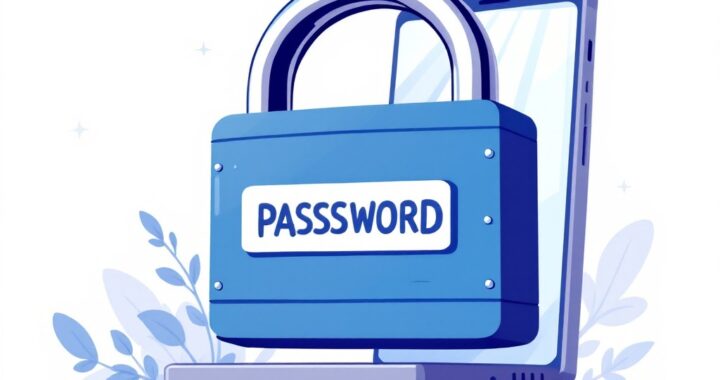In our increasingly digital world, passwords are the keys to our online kingdoms. From banking apps to social media accounts, and yes, even to the apps that protect our most private photos and documents, passwords are often the only thing standing between our personal information and potential intruders. Yet, despite their critical importance, password security remains a widely misunderstood and underappreciated aspect of digital safety.
The Alarming State of Password Security
Studies consistently show that many people still use weak, easily guessable passwords. "123456," "password," and "qwerty" continue to top the lists of most common passwords year after year. Even more concerning, many users recycle the same password across multiple accounts. This practice is akin to using the same key for your house, car, and office – if one is compromised, everything is at risk.
The Anatomy of a Strong Password
So, what makes a password strong? Length is crucial – aim for at least 12 characters. Complexity matters too; use a mix of uppercase and lowercase letters, numbers, and special characters. But remember, a long string of random characters can be hard to remember and might lead you to write it down, which introduces new risks.
A better approach is to use a passphrase – a string of random words that's easy for you to remember but hard for others to guess. For example, "correct horse battery staple" is much stronger and more memorable than "P@ssw0rd123".
When using a numeric pin only, make sure to use at least 12 numbers.
Beyond the Password: Additional Security Measures
While a strong password is essential, it shouldn't be your only line of defense. Here are some additional steps to enhance your digital security:
-
Use Two-Factor Authentication (2FA): This adds an extra layer of security by requiring a second form of verification beyond your password.
-
Employ a Password Manager: These tools can generate and store complex, unique passwords for all your accounts, meaning you only need to remember one master password.
-
Regular Password Updates: Change your passwords periodically, especially for your most sensitive accounts.
-
Be Wary of Phishing: Never enter your password on a site you've reached through an email link. Always navigate to sensitive sites directly.
-
Use Biometric Security Where Available: Fingerprint and face recognition can add convenience and security to password-protected apps and devices.
The LockMyPix Approach to Password Security
At LockMyPix, we understand the critical role of password security in protecting your most sensitive data. That's why we've implemented robust password protection features, including options for complex passwords, biometric authentication, and even a secure password recovery system that ensures your encrypted data remains safe even if you forget your password. Sure, you can still use a simple numeric pin.
Remember, your password is often the first and sometimes only line of defense protecting your digital life. By taking password security seriously and implementing strong practices, you're not just protecting data – you're safeguarding memories, maintaining privacy, and ensuring peace of mind in our interconnected world.
In the end, a strong password is more than just a random string of characters – it's a commitment to your digital security and personal privacy. So take a moment today to review your passwords and strengthen your digital defenses. Your future self will thank you.

About the author
Lara has been the voice behind LockMyPix since 2013, translating complex digital security concepts into friendly, actionable advice. With a background in computer science and a passion for privacy, she's dedicated to helping users protect their digital lives. When she's not crafting engaging content, giving users advice or exploring the latest in encryption technology, Lara enjoys urban gardening and teaching reading to kids. Her mission: making digital security accessible and even fun for everyone.
